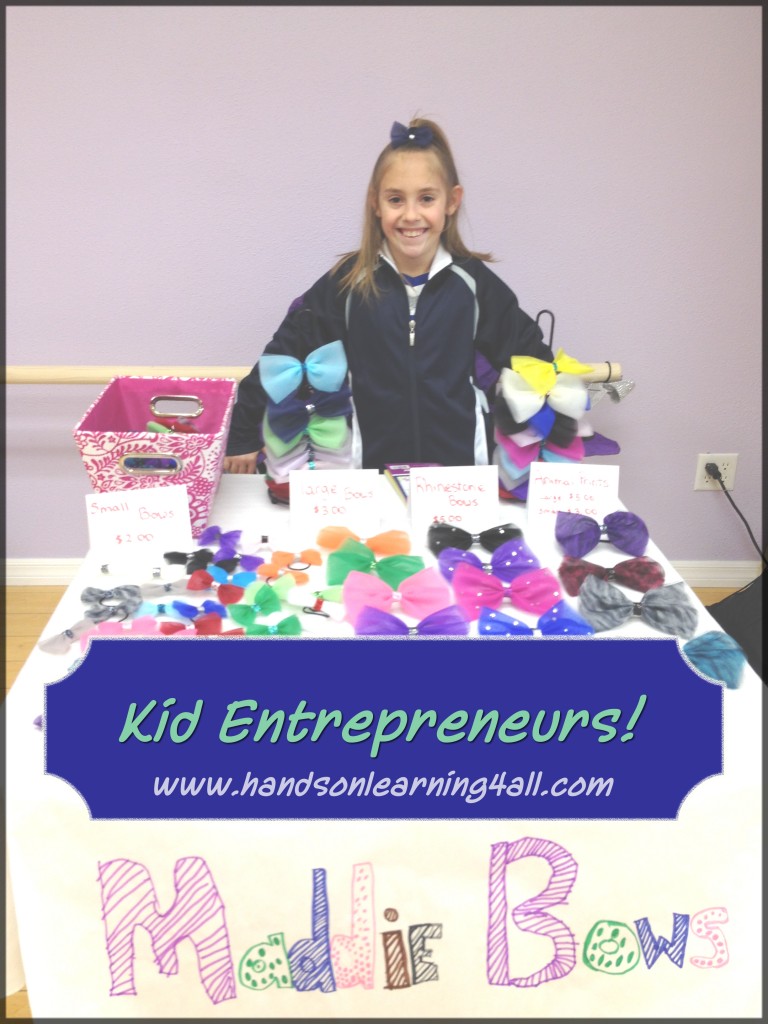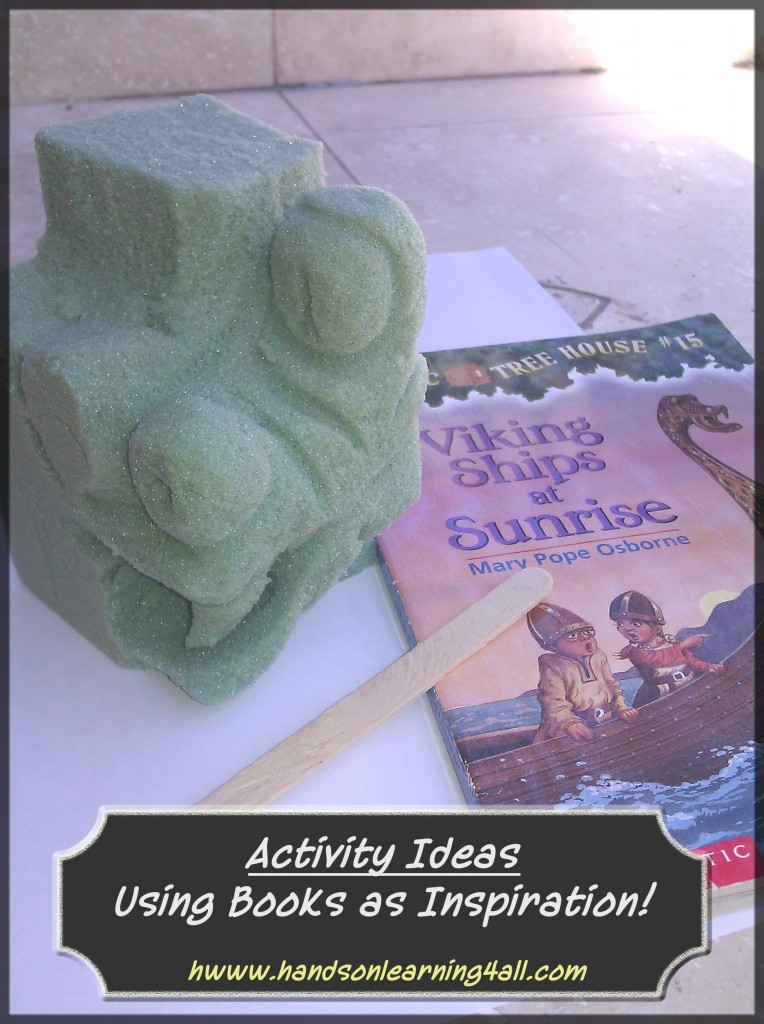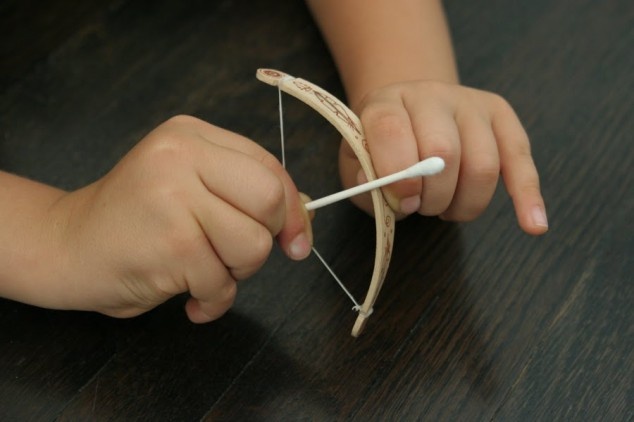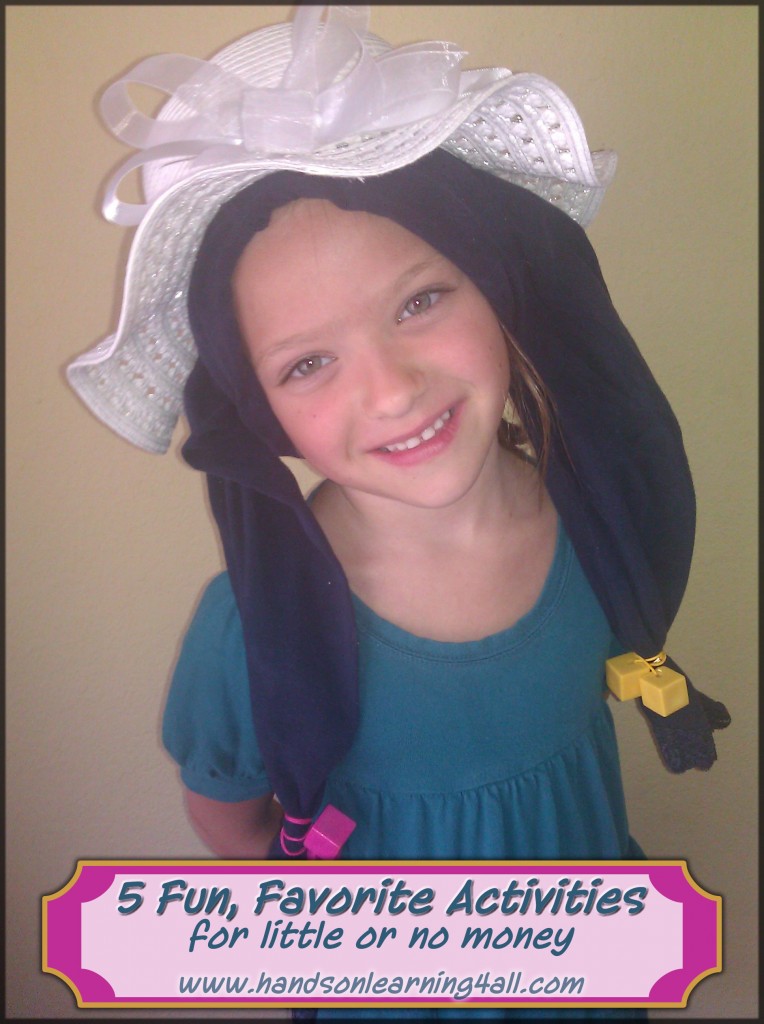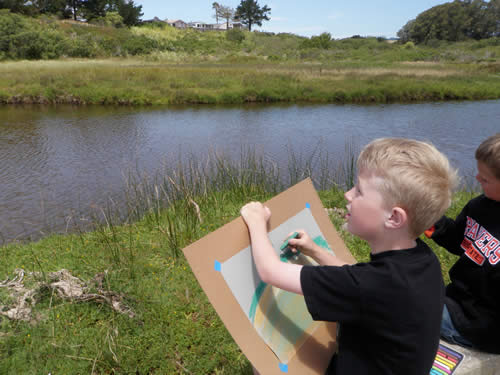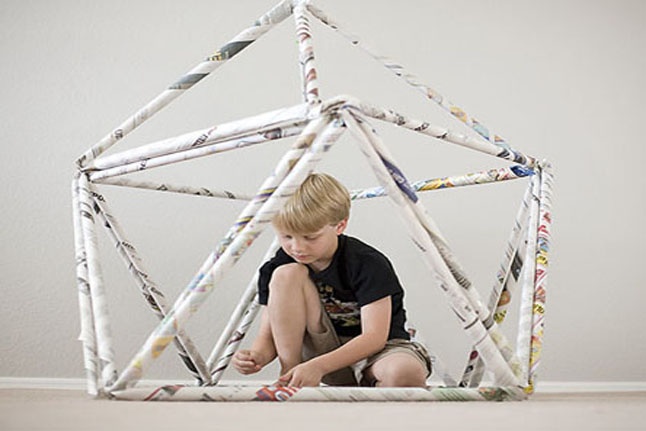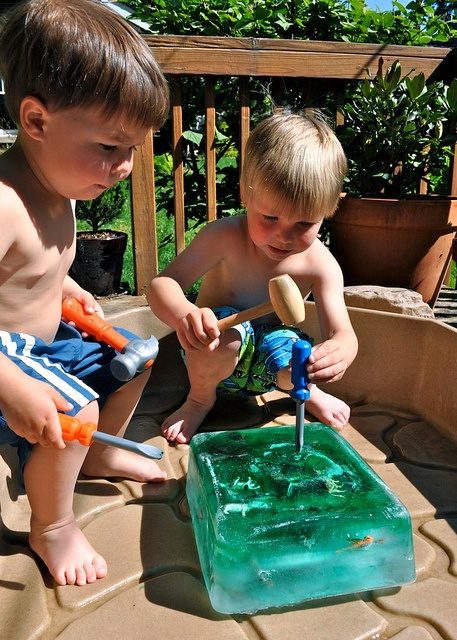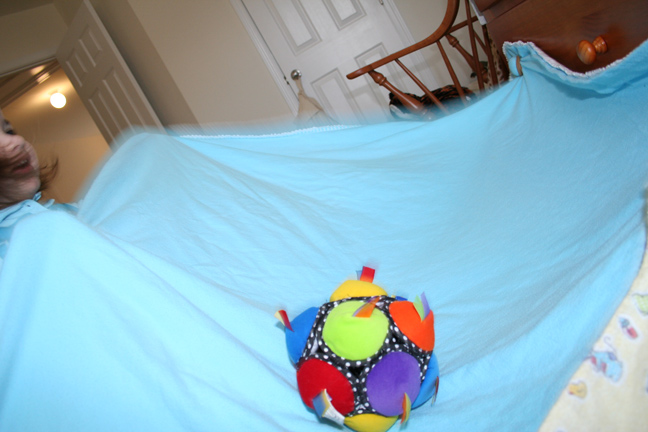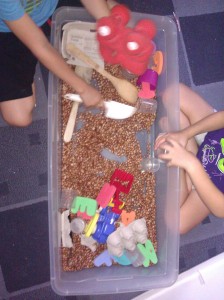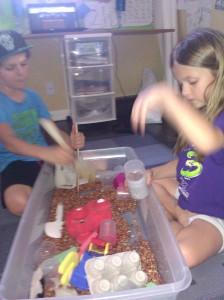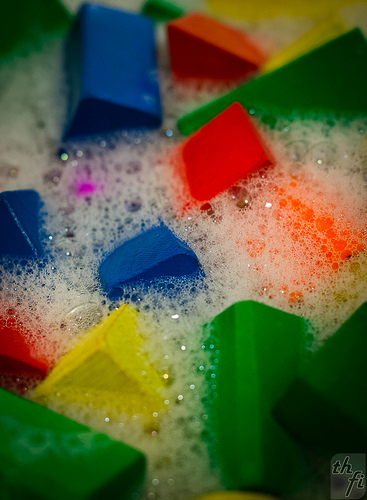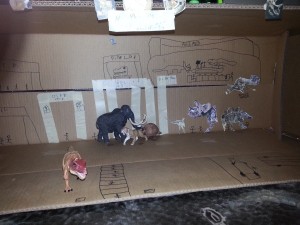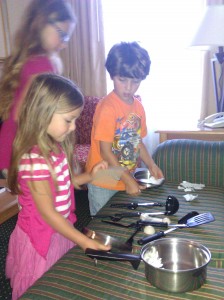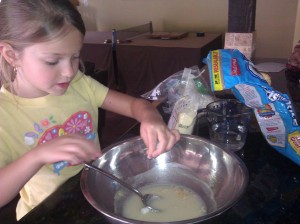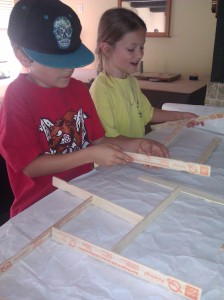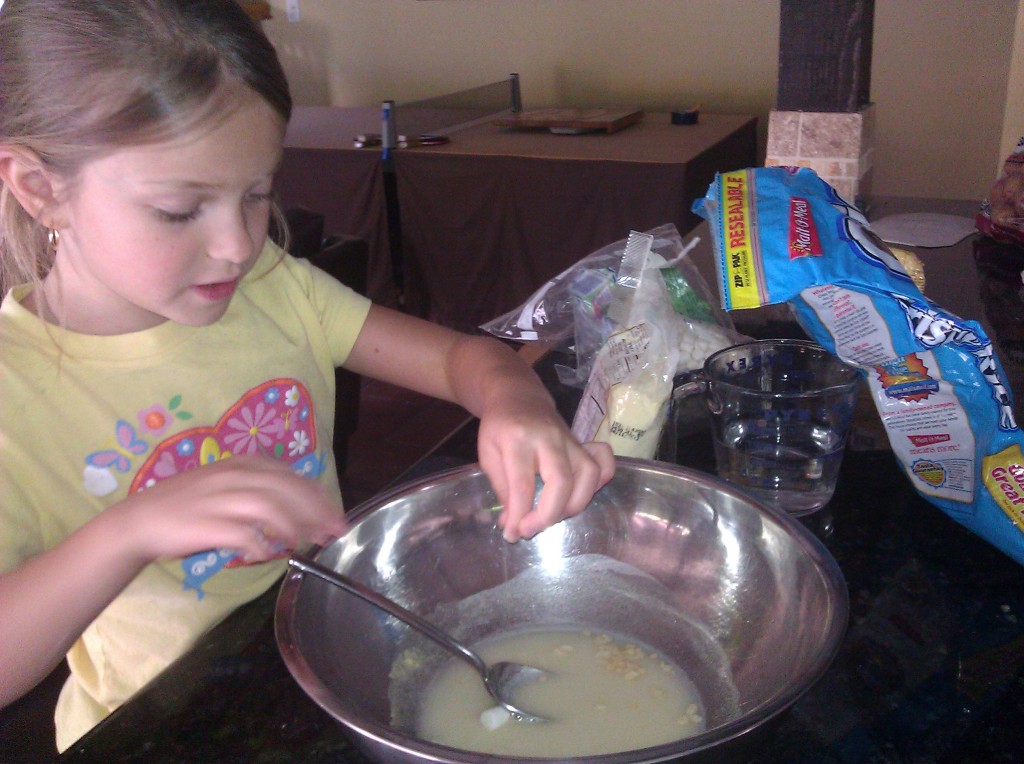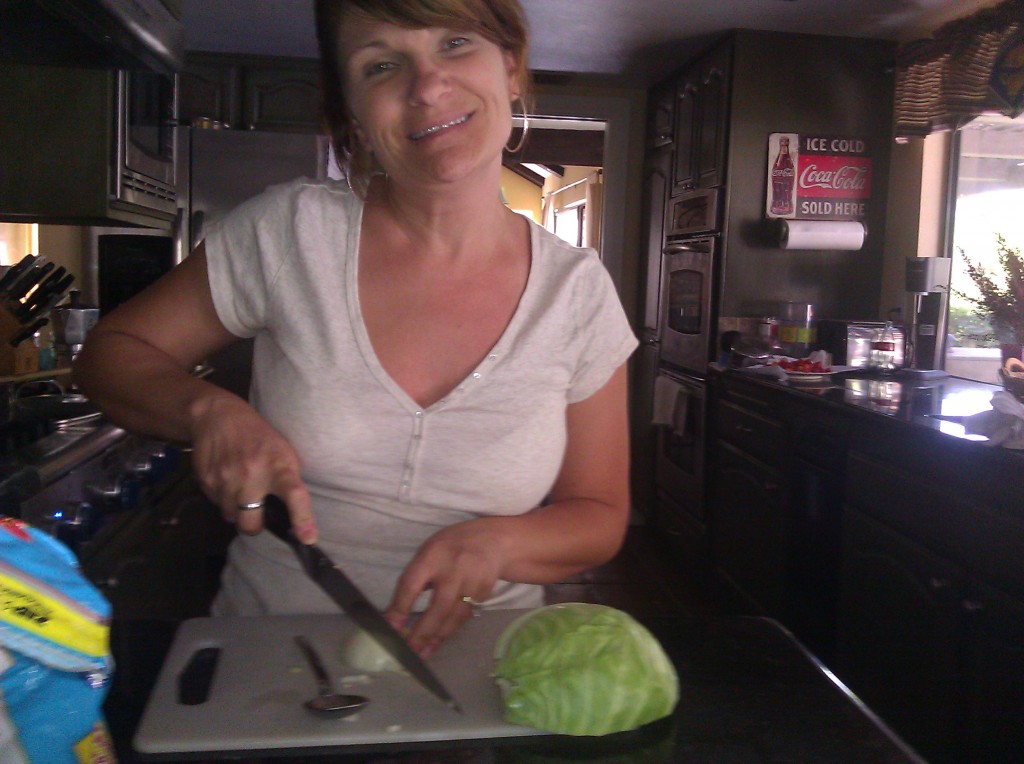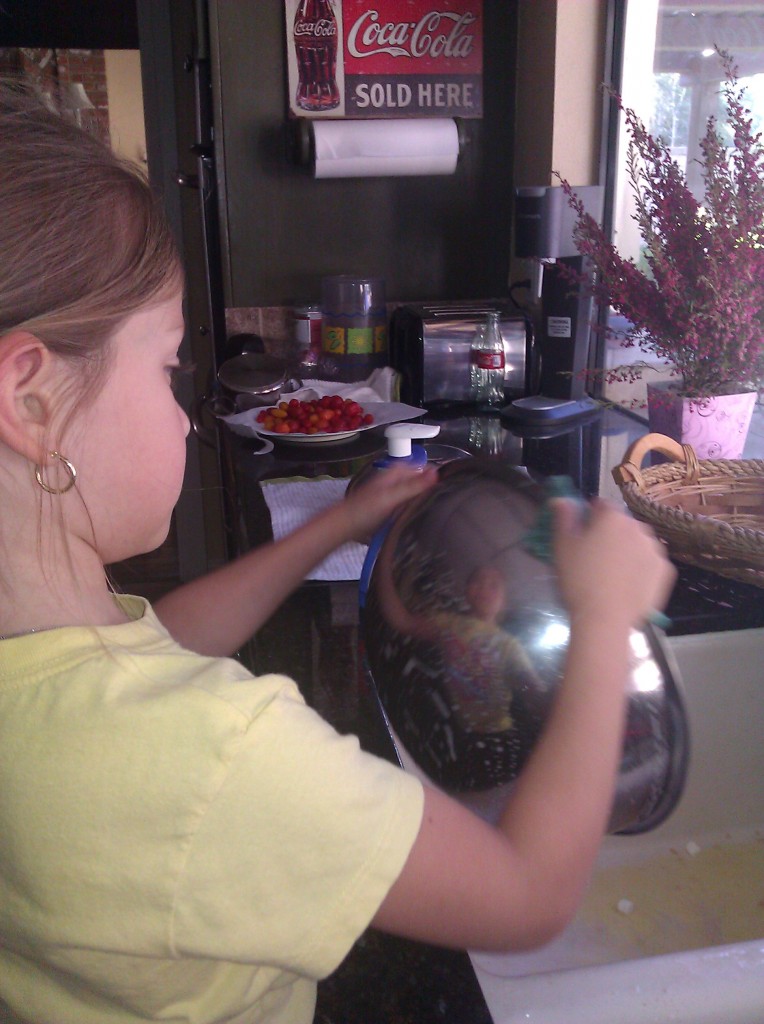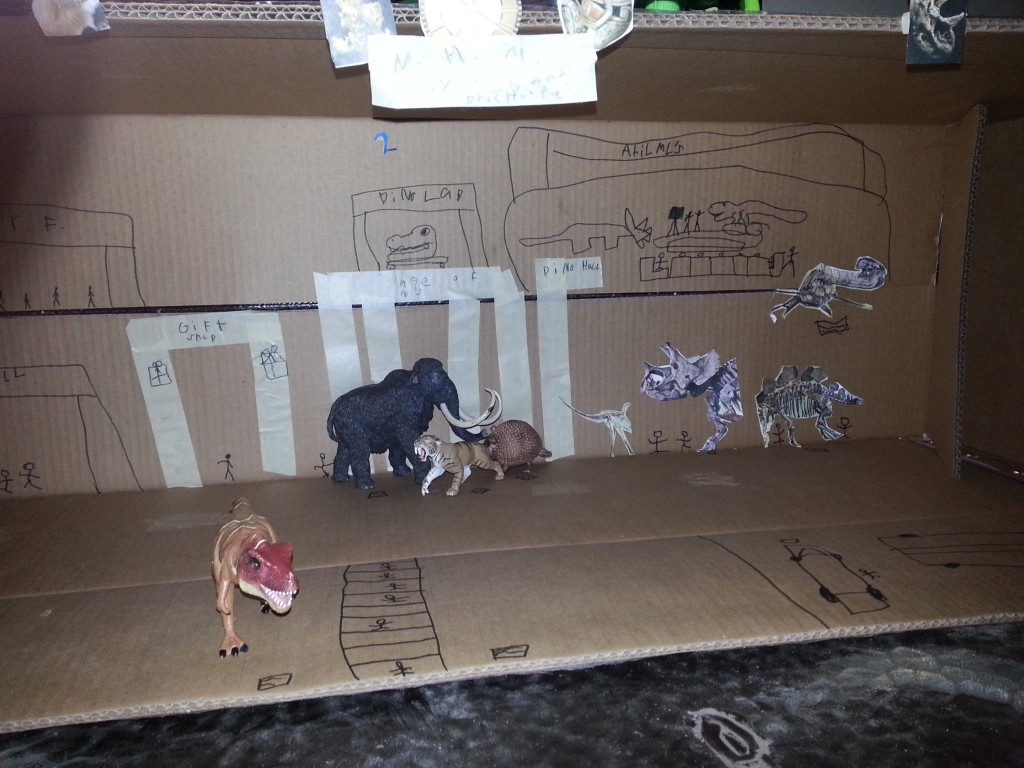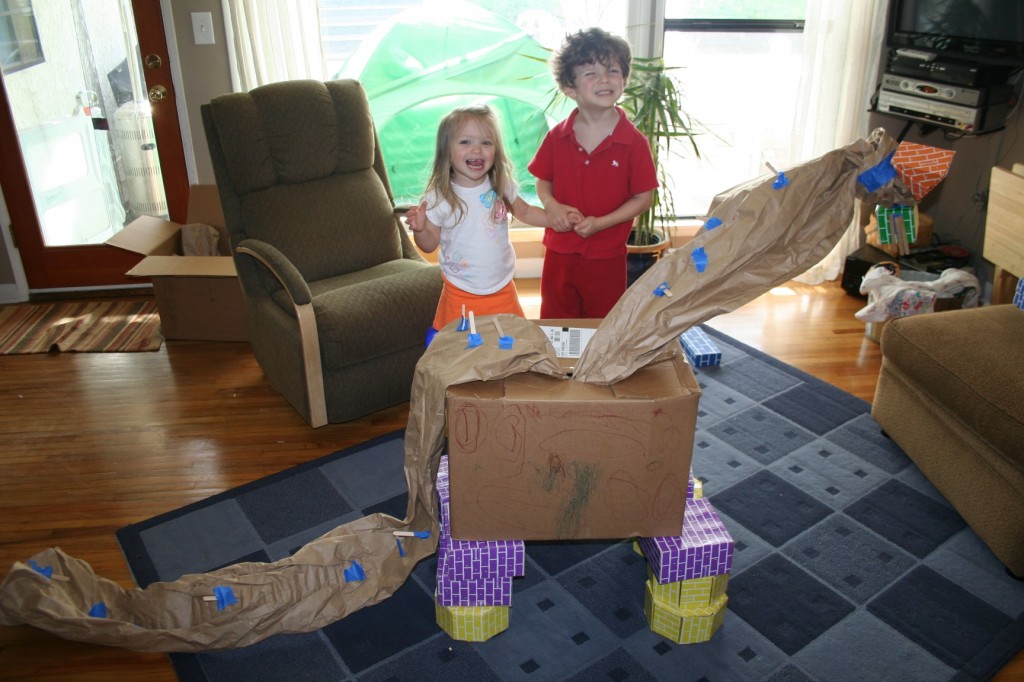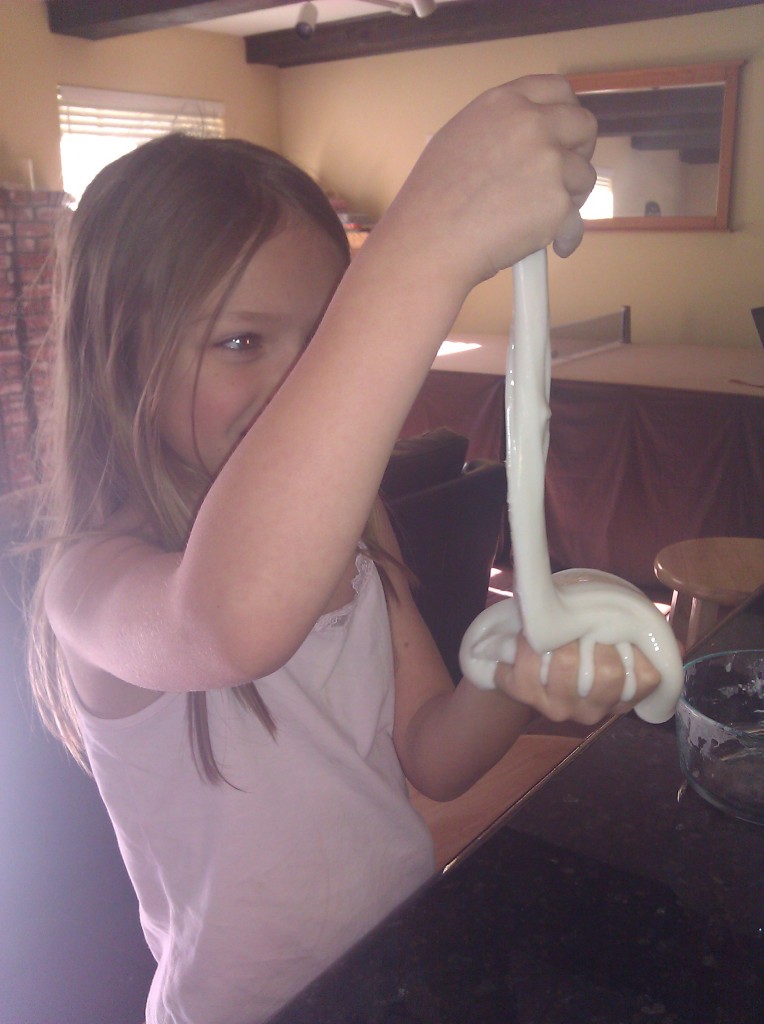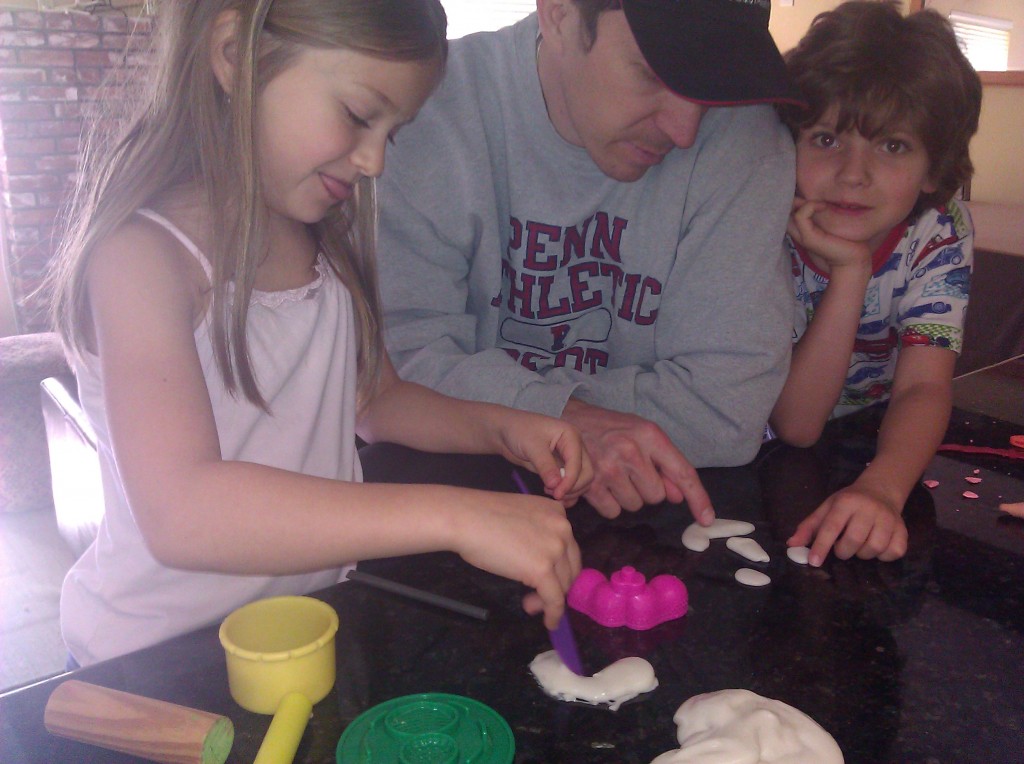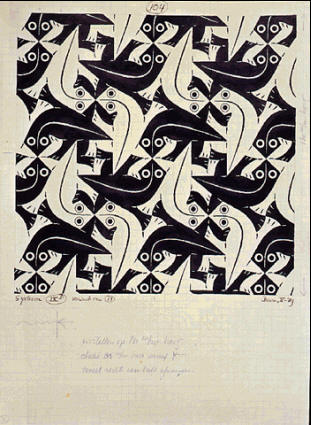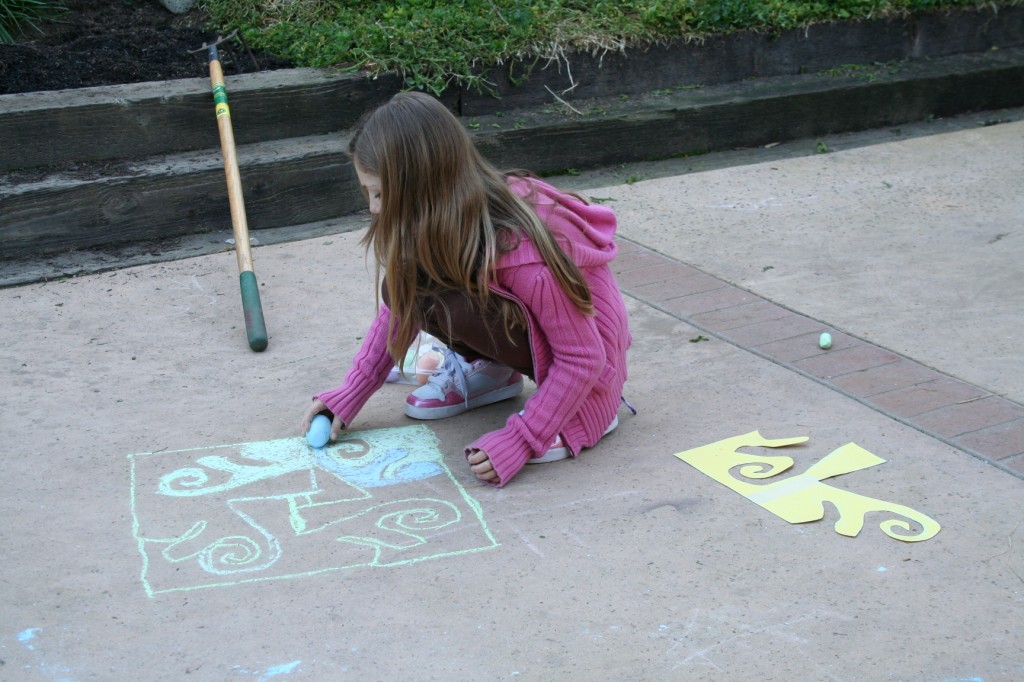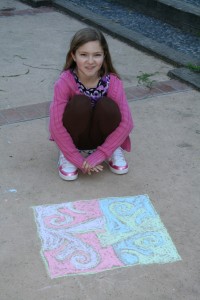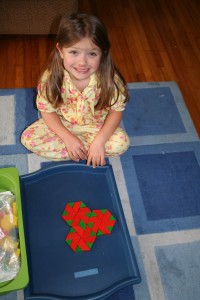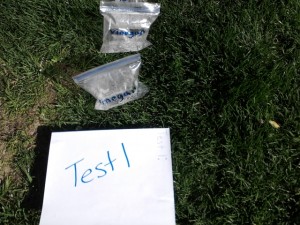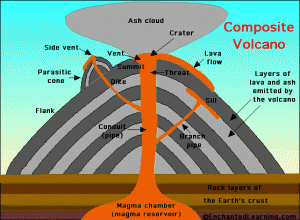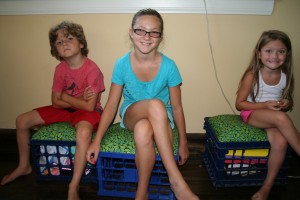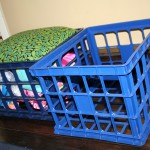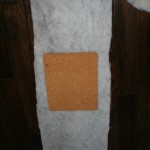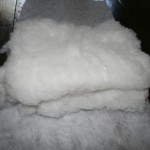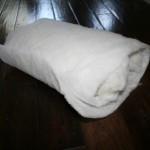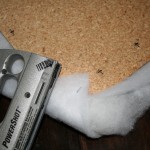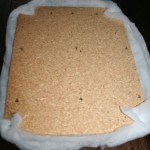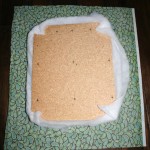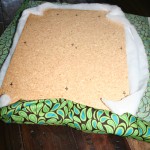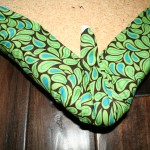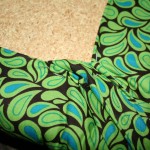I homeschool my three children. They are always coming up with new crafts and items to sell. So a few years back I decided to organize an entrepreneur day for some children in our local homeschool group. From this simple idea came many, many wonderful and exciting new products. The children that attended sold cookies, purses, toys, jewelry, bows and so many other great things.
One child in particular took her idea for a booth at our little entrepreneur day and turned it into a money making business with a goal in mind. She wanted to earn enough money to send herself to cheer camp. AND guess what===> she did!!!! I recently interviewed this young entrepreneur about her business with the hope that her story may inspire the inner entrepreneur in your children.
HOLFA: What is your business and your business name?
Maddie: My name is Maddie Waschak and I am 10 years old. I hand make and sell hairbows attached to rubberbands or barrettes. I mostly make my bows out of tulle, but I also use ribbon and rhinestones. My business name is Maddie Bows!
HOLFA: How did you get started in business?
Maddie: I first got the idea when Ms. Veronica decided to do an entrepreneur fair for home-schoolers. I know a Mom that makes really pretty cheer bows and I thought maybe I could make some bows of my own for the fair. I was so excited when people liked my bows!
HOLFA: How did you learn to manage the money for your business? Are you saving for anything?
Maddie: At first my Mom bought me all the supplies I needed, but when I started making money she told me that I would have to use my profit to buy more supplies. At first it was hard to spend my money on supplies but I learned how to price my product so that I could buy supplies and still make money. I have a special wallet that I keep all my money in; I also use it to make change for people who buy my bows. When I get too much money in my wallet my mom takes some and puts it into the bank. I wanted to save up enough money to pay for a really expensive sleep away cheer camp this summer.
HOLFA: Do your family members help you? How?
Maddie: My family sometimes helps me. The really tiny rhinestones are hard for me to apply so my mom puts those on. She taught me how to use the glue gun and checks to make sure that all my bows are selling ready. My brothers have helped me by going to events and taking turns sitting in my booth to sell bows when I can’t be there the whole time. Sometimes I will get orders when I am busy with school or gym or other stuff and my Mom always say school comes first. She sometimes helps me fill orders so I won’t miss out on other important stuff. My friends and cousins also help me come up with new ideas and help me make bows.
HOLFA: How do you see the future of your business?
Maddie: My brother wants to open an ETSY store for me and get me my own website. I would love to start selling my bows at stores and online. Right now I have someone who is helping me get started doing craft fairs and boutiques.
HOLFA: Do you have anything else you want to share?
Maddie: I managed to raise almost $600 this year and I was able to pay for my sleep away camp with a little help from my Mom. I can’t wait to go!! I have learned a lot this year from my business. I learned that making money is not easy and you have to spend money to make money and it takes lots of work.
I hope that sharing this interview with you has inspired you to listen to the entrepreneur waiting inside your child. Children are capable of being business owners and in some ways they are better at taking this leap into the unknown because they are natural risk takers. As adults we have too many responsibilities to take a risk with our career and income. But as children they have nothing to lose and EVERYTHING to gain. Successful entrepreneurs will tell you that it has taken a lifetime of mistakes and failures to get where they are. Why not start as a child?

